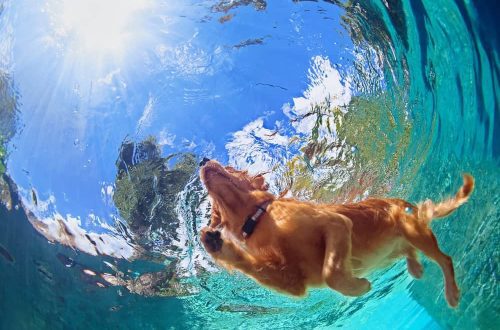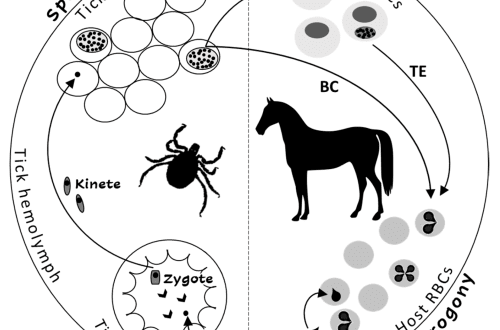
Obedience
Nowadays, cynological sports are gaining more and more popularity. And one of the most popular types of cynological sports is obedience. What is obedience, what rules govern this sport, what exercises does it include, and how does obedience differ from OKD?
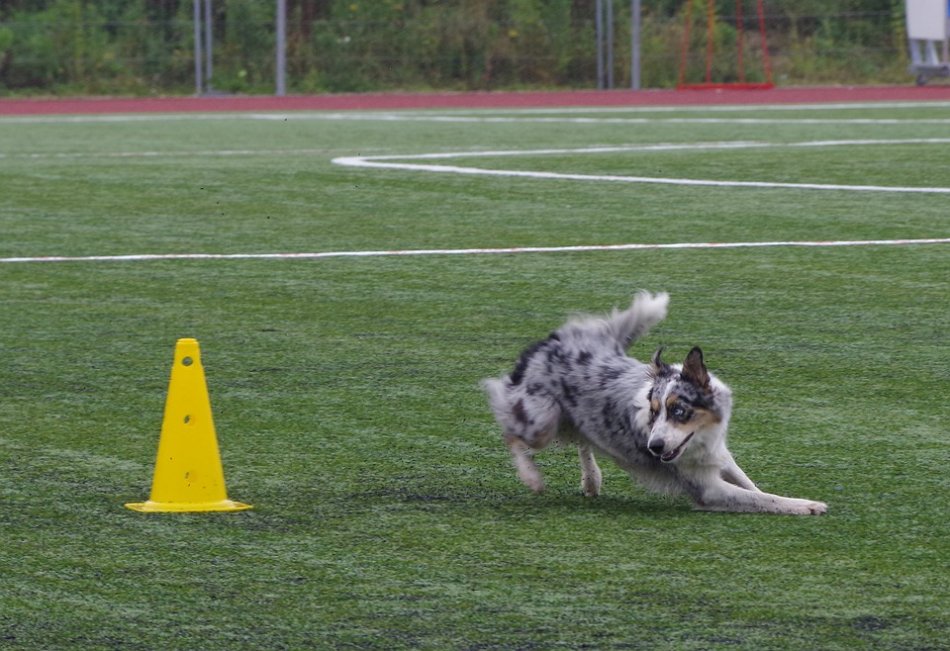
Photo: maxpixel.net
Contents
Obedience for dogs: what is it?
Obedience for dogs is an international standard, the most complex obedience standard to date. It is in this sport that the dog’s obedience and contact with the owner (handler) culminates. Translated from English, obidience translates like this: “obedience.”
For the first time, obedience as a sport appeared in the UK back in 1924. And in 1950, the first national obedience competitions were held in their historical homeland. In 1990, the first World Championship took place.
Obedience can be practiced by dogs of any breed (and mongrel) and age, but professional athletes more often choose border collies.
Obidiens does not require good physical fitness from the owner, so anyone can train with their dog.
obedience competitions
Obedience competitions are held in three classes:
- Obedience-1. This is an initial class, dogs older than 10 months can participate in competitions (in Russia – older than 8 months).
- Obedience-2 includes exercises of a more complex level, dogs older than 10 months can participate in the competition.
- Obedience-3 – international competitions, dogs over 15 months old can take part in them.
To move to the next level, the dog needs to get “excellent” in the previous class according to the totality of marks.
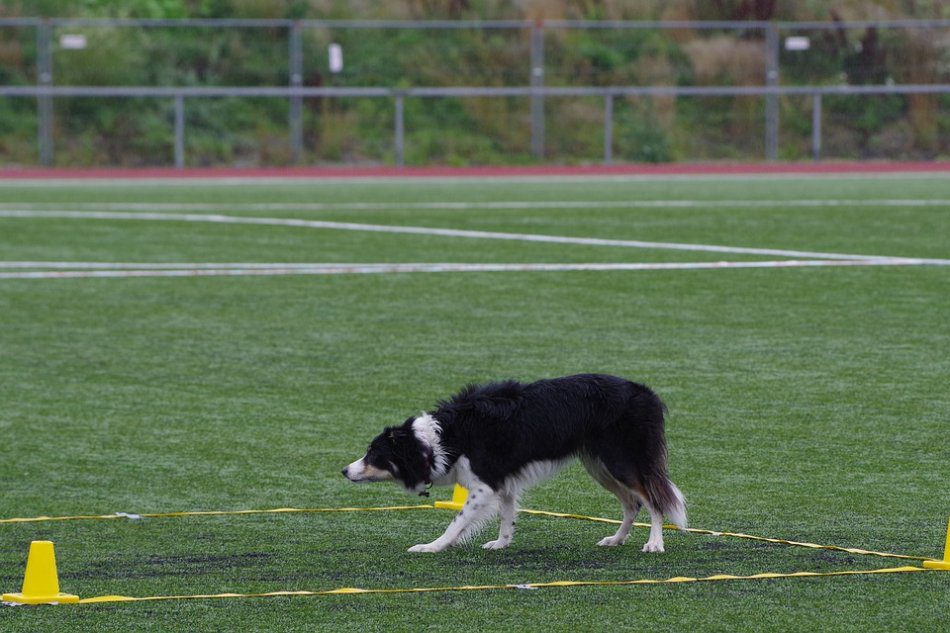
Photo: maxpixel.net
Obidience: rules
An important part of the obedience competition rules is that not only the accuracy and speed of the exercises are evaluated, but also the emotional state of the dog. There is a clause in the rules according to which the dog must willingly follow commands and look happy.
Points are given for each exercise.
Any form of reward (such as treats or toys) is not allowed in obedience competitions. Only after exercise can you encourage your pet verbally.
The rules of obedience competitions prohibit rough treatment of the dog and the use of inhumane ammunition (for example, a strict collar).
Obidience: exercises
Obidience includes 10 exercises of different difficulty levels:
- Group shrinkage. After several handlers have seated the dogs, they leave them to stand and leave the field of view of the pets for a certain time. The duration of this obedience exercise is 2 minutes.
- Stacking in a group with distraction. The handlers, on command, put the dogs down and leave the field of view of the pets. During their absence, the dogs are distracted. When the allotted time expires, each handler calls his dog in turn. The duration of this obedience exercise is 4 minutes.
- Walking around without a leash. By order of the steward, the handler moves, changing the direction of movement (turning and turning around) and pace (including switching to running and slow walking) and periodically stops. The dog must remain at the handler’s feet, not lagging behind or overtaking him, and during the stop immediately sits down in the basic position “near”.
- Commands “Sit, Lie, Stand” from the movement nearby. The dog walks in the “near” position and, at the direction of the steward, the handler gives the command “Sit”, “Stand” or “Down”. The dog must immediately execute the command, while the handler continues to move, bypasses the dog and, having caught up with it, commands “Near” again.
- Recall with stacking and stopping. From a distance of 25 meters, the handler calls the dog, while on the way at certain points stopping it with the commands “Lie down” and “Stand”.
- Deportation in the indicated direction, stacking and recall. The dog must, on command, run 10 meters in the right direction and lie down on command, then run 25 meters into the square and stop inside. Then the handler moves in the direction indicated by the steward, and at the right moment, without stopping, calls the dog, while it must catch up with the handler and go in the “next” position.
- Fetching in a given direction. The handler sends the dog towards a cone standing at a certain distance, stops the dog, and then sends to take one of the three dumbbells lying in a row (as directed by the steward).
- Aportation of a metal object with overcoming the barrier. A metal object is thrown over the obstacle, which the handler asks the dog to bring. In this case, the dog must overcome a barrier up to 1 meter high.
- Sample. From several identical wooden objects laid out in a row or in a circle, the dog must find an object with the smell of a handler.
- Complex “Sit, Lie, Stand” at a distance. The handler leaves the dog at a distance of 15 meters and, on the signals of the steward, gives commands to the dog. The dog must change its body position 6 times on command.
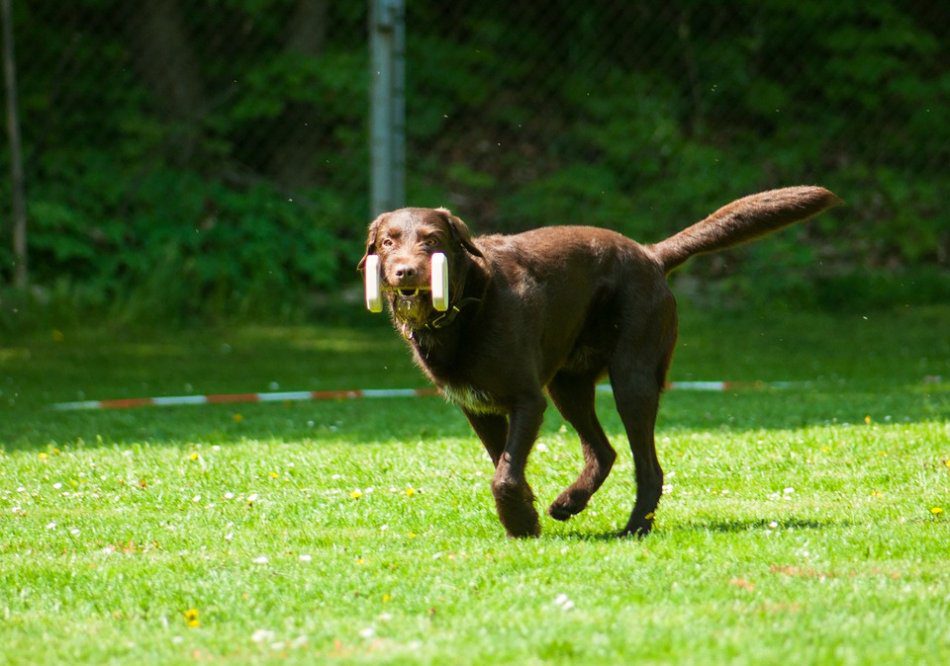
Photo: pixabay.com
Obidience: dog training
Dog training in obedience is most often individual, and you need to find a trainer who trains dogs exactly according to this standard. It is advisable to see the work of the coach and first study the reviews about him.
Also, before you start training your dog, it’s worth attending obedience competitions, or at least watching videos of major competitions, to get an idea of what proper exercise should look like.
The difference between OKD and obedience
Some confuse OKD and obedience, but there are differences between these standards.
OKD exists only in the post-Soviet space, obedience is an international standard according to which competitions are regularly held, including the World Championship.
In addition, obedience exercises are much more difficult, the requirements for the quality of performance are higher and the judging is stricter.
Also in obedience, unlike OKD, much attention is paid to the emotional well-being of the dog.




